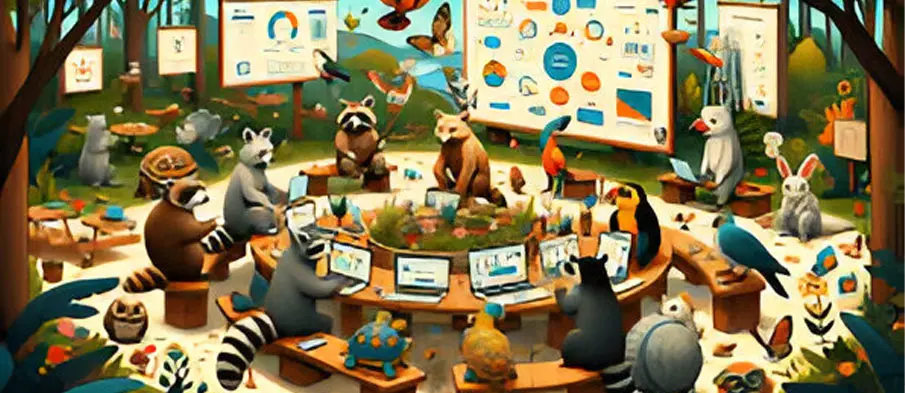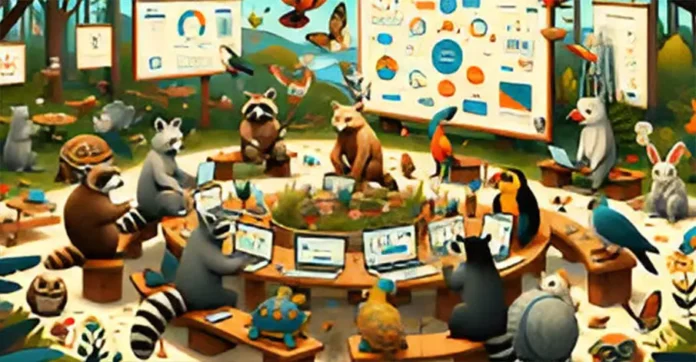
Bonfire Social, a new open-source platform aiming to reimagine the future of online communities, has officially launched its first 1.0 Release Candidate at the FediForum online conference. Designed to enable users to build and govern their own social spaces, Bonfire distinguishes itself from mainstream platforms by putting decision-making power into the hands of communities rather than corporate stakeholders.
Built on the ActivityPub protocol—the same decentralization backbone used by Mastodon—Bonfire Social brings a modular and customizable framework to the federated web. Its mission is clear: to support a thriving digital ecosystem where “all living beings flourish,” free from the influence of corporate platforms like Meta or Google.
Unlike traditional social media, Bonfire allows communities to decide how their platform looks, operates, and evolves. These community-led instances are powered by customizable bundles known as “flavors,” each representing a set of default features, extensions, and configurations. The Bonfire Social flavor is the first to debut, with others such as Bonfire Community and Open Science already under development.
“Rather than being trapped by centralized roadmaps and unpredictable algorithms, Bonfire gives communities full agency to define what their online space should be,” the organization explained. Developed by a nonprofit collective, Bonfire is funded through donations and grants, steering clear of venture capital and prioritizing collaboration with researchers and grassroots communities.
Rich Feature Set with Full User Customization
Bonfire includes many of the standard features users expect—feeds, profiles, post sharing, user discovery, and content moderation tools—but it also brings in capabilities rarely seen in traditional platforms. This includes:
- Custom feed builders: Users can create tailored content streams without writing code, filtering by post type, time, engagement, and even by “circles”—a feature reminiscent of Google+ that allows users to privately group contacts for selective sharing.
- Nested discussions: Replies can branch into sub-threads, offering more space for in-depth conversations rather than algorithm-driven virality.
- Multiple profiles per account: Users can manage several identities—such as a public persona, a private account, or a shared profile for a project—under one login.
- Boundaries: A novel tool that allows fine-grained control over who can view or engage with posts, even distinguishing between groups that can see vs. comment on a post.
Users can also enable or disable features at will, including major interaction tools like likes, boosts (similar to reposts), or direct messages. Admins set the default configuration, but individuals retain autonomy over their experience.
In terms of design, Bonfire supports 16 themes, full PWA (progressive web app) functionality for mobile devices, custom emoji, and community-wide blocklists. Additional capabilities like private groups, full-text search, threaded discussions, and extension toggles allow for both simple and sophisticated community setups.
Federation-Ready and Community-First
Because it is built on ActivityPub, Bonfire is fully federated with other decentralized services like Mastodon, PeerTube, and Mobilizon, enabling cross-platform interaction without ceding control to any one entity.
Though Bonfire is currently designed for self-hosting, work is underway to offer a managed hosting network for users who prefer an out-of-the-box solution. A demo instance is already live for those curious to explore the platform before setting up their own server.
With its user-driven philosophy, decentralized architecture, and rich suite of modular tools, Bonfire positions itself as a compelling alternative for anyone seeking to build digital communities that prioritize autonomy, inclusivity, and sustainability over surveillance-driven engagement models.
As Big Tech platforms continue to centralize power and restrict user agency, Bonfire’s launch marks a step forward for the open social web, empowering people to reclaim their digital spaces on their own terms.





